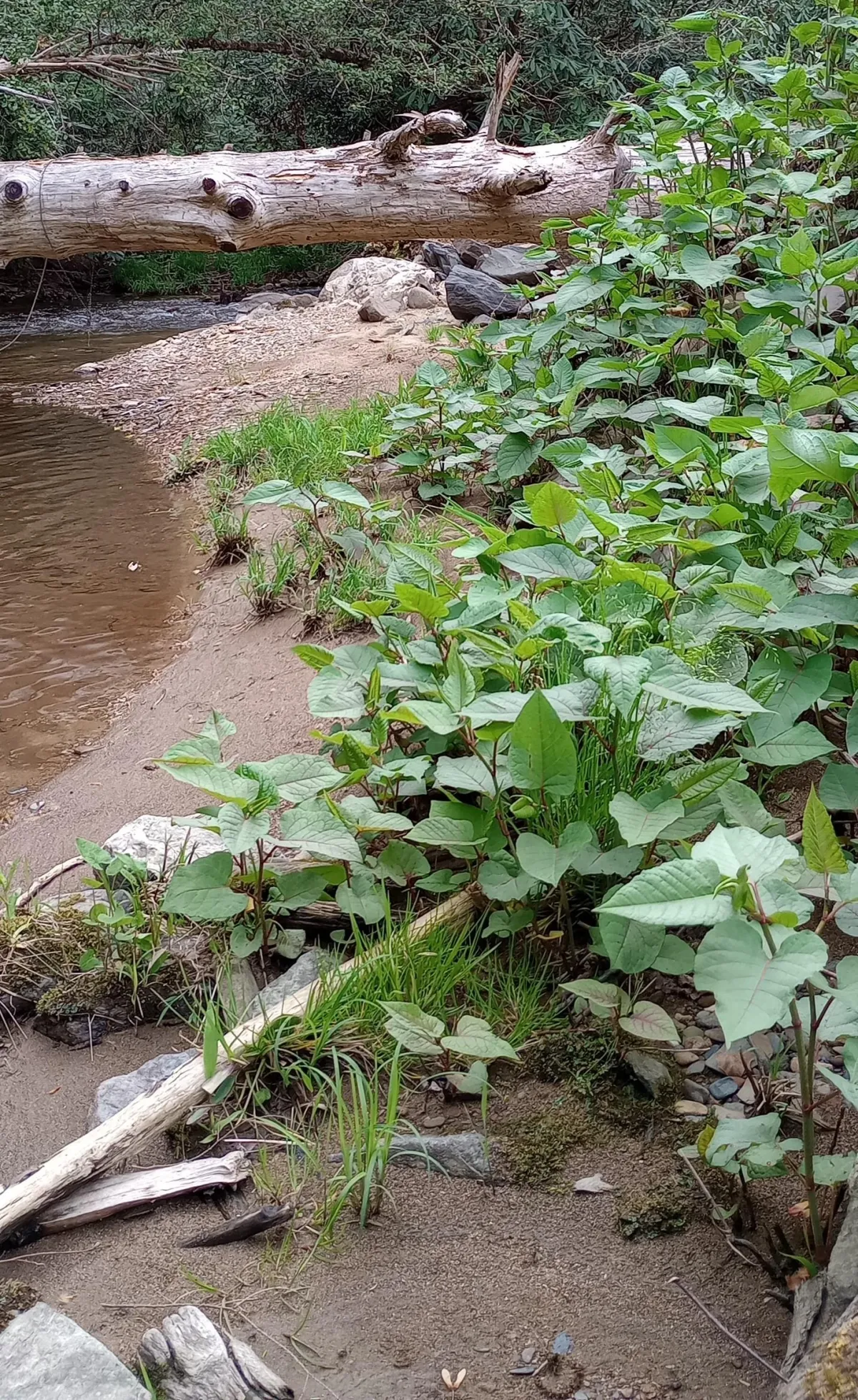
Eco-Friendly Ways to Control Japanese Knotweed
Knotweed (Reynoutria japonica), a tenacious and invasive plant native to East Asia, is notorious for its rapid spread and resilience. Left unchecked, it can cause significant damage to ecosystems, infrastructure, and even property values. However, many conventional control methods rely on harsh herbicides that can harm native plants, pollute waterways, and disrupt soil health. Fortunately, there are sustainable and environmentally responsible strategies that can help keep Japanese Knotweed in check.
Understanding the Enemy
Before diving into control methods, it's essential to understand why Japanese Knotweed is so difficult to manage. It spreads aggressively through its rhizome (underground root) system, which can extend several meters from the visible plant. Even tiny root fragments can regrow into new plants, making eradication especially challenging. This 2025 season in Northern Madison County will see the rise of Japanese Knotweed because of the severe riparian damage caused by Helene and the predecessor rain event. Knotweed rhizomes have been spread extensively to newly disturbed riparian areas along many of our waterways.
Eco-Friendly Methods to Control Knotweed
1. Manual Removal and Excavation (with Caution)
Digging up the roots can be effective on small infestations, but it must be done meticulously:
Remove as much of the rhizome system as possible.
Sift the soil to extract fragments.
Bag and dispose of roots as non-compostable waste or as regulated by your local municipality.
Tip: Never dump knotweed in compost piles or natural areas—it can easily spread.
2. Smothering with Tarps or Black Plastic
Also known as solarization or tarp-covering, this method uses heavy-duty material to block sunlight and starve the plant.
Mow or cut the knotweed down to the ground.
Cover the area with thick black plastic, weighted with stones or stakes.
Leave in place for 2–3 growing seasons for maximum effectiveness.
This technique suppresses regrowth and weakens the root system over time without introducing chemicals.
3. Repeated Cutting or Mowing
Persistence is key. Cutting Japanese Knotweed at least once a month during the growing season (April–October) can exhaust its energy reserves.
Always dispose of cuttings properly.
Combine with tarp covering for improved results.
This method is particularly effective when done consistently over several years.
4. Grazing with Goats
Goats can be surprisingly effective at controlling knotweed by continuously grazing it down.
Best suited for rural areas.
Ensure the goats are rotated to prevent overgrazing and protect nearby native plants.
Grazing doesn't eliminate the roots but can significantly reduce the plant’s vigor over time.
5. Planting Native Competitors
In some cases, introducing fast-growing, shade-producing native plants (like willows or dogwoods) can help crowd out Japanese Knotweed.
Works best as a follow-up after cutting or tarp treatment.
Helps restore native biodiversity and stabilize soil.
6. Boiling Water or Vinegar Treatments (Small Areas Only)
These methods can be used on fresh shoots in driveways or patios.
Boiling water scalds the plant tissue and can reduce growth.
Vinegar (acetic acid) can burn leaves but is non-selective—avoid contact with other plants.
While not suitable for large patches, these methods can help in spot treatments.
Long-Term Commitment
It’s important to recognize that controlling Japanese Knotweed is a long-term commitment. No single method offers instant results, and most require several seasons of consistent effort. The good news is that eco-friendly methods, when applied persistently, can be just as effective as chemical treatments—without the ecological side effects.
Final Thoughts
Japanese Knotweed is a formidable foe, but with patience, knowledge, and an eco-conscious approach, you can reclaim your land and protect native habitats. Combining physical methods, persistent monitoring, and native plant restoration offers a sustainable and nature-friendly path to knotweed control.
Have your own tips or success stories? Share them in the comments below!
